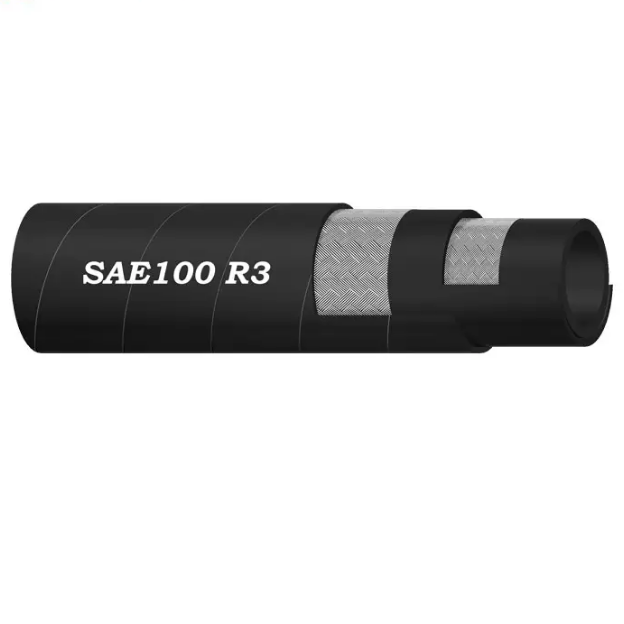335345435
Aug . 06, 2024 12:51 Back to list
A Comprehensive Guide to Different Categories of Hydraulic Fittings for Various Applications
Understanding All Types of Hydraulic Fittings
Hydraulic systems play a vital role in various industries, ranging from construction and manufacturing to automotive and aerospace. A crucial component of these systems is hydraulic fittings, which connect hoses, tubes, and pipes together to create a fluid-carrying system. These fittings come in several types, each designed for specific applications and fluid dynamics.
What are Hydraulic Fittings?
Hydraulic fittings are used to connect hydraulic components, ensuring a leak-proof and secure seal while allowing for the passage of hydraulic fluid. They are mainly categorized based on their function and design, including connectors, adapters, plugs, and caps. Selecting the right fitting is essential for maintaining system efficiency and preventing leaks that can lead to costly downtime and safety hazards.
Types of Hydraulic Fittings
1. Pipe Fittings These are used to connect pipes, typically in a variety of sizes and configurations. Common types include elbows, tees, and crosses. Each fitting allows for changes in direction and flow paths, ensuring the hydraulic system can navigate complex layouts.
2. Hose Fittings Designed specifically for hoses, these fittings can be crimped or swaged onto the ends of the hoses to provide a secure connection. They also come in various configurations, such as straight, elbow, and swivel types. Hose fittings are essential in systems where flexibility and movement are required.
3. Adapters Adapters facilitate the connection of dissimilar fittings, enabling compatibility between different system components. Commonly available in various thread types and sizes, adapters include gendered options with male and female threads to ensure proper connection.
all types of hydraulic fittings

4. Quick Disconnect Fittings These fittings allow for rapid connection and disconnection of hydraulic lines without the need for tools. Ideal for applications requiring frequent service changes, quick disconnects enhance productivity by minimizing downtime.
5. Caps and Plugs Caps and plugs are used to seal the ends of pipes and hoses when they are not in use, preventing contamination and fluid loss. They are essential for maintaining system integrity and are typically seen in maintenance and storage.
6. Flange Fittings Flanged fittings consist of a flat piece of metal which is bolted onto a corresponding flange, creating a strong, leak-proof connection. These are commonly used in high-pressure systems and applications where vibration may be a factor.
7. Universal Fittings These fittings are designed to accommodate a broader range of hoses and pipes, using a flexible approach to connect various components. While they offer versatility, it’s crucial to ensure compatibility with specific hydraulic applications.
Material Considerations
The materials used for hydraulic fittings vary based on the application requirements. Common materials include steel, stainless steel, brass, and sometimes plastic for low-pressure applications. The choice of material is crucial for maintaining the durability of fittings, especially in extreme pressure or corrosive environments.
Conclusion
Understanding the various types of hydraulic fittings is essential for anyone involved in designing, maintaining, or operating hydraulic systems. The right fittings not only ensure the efficiency and reliability of the hydraulic system but also enhance safety and performance. By selecting fittings that match the specific requirements of the application, one can streamline operations and extend the lifespan of hydraulic equipment. Whether you are working in construction, manufacturing, or any other field reliant on hydraulic technology, knowledge of hydraulic fittings will undoubtedly lead to improved operational efficiency and safety.
-
SAE 100 R17 Black Smooth Cover Hydraulic Hose
NewsMar.07,2025
-
SAE 100 R17 Black Smooth Cover Hydraulic Hose
NewsMar.07,2025
-
SAE 100 R17 Black Smooth Cover Hydraulic Hose
NewsMar.07,2025
-
SAE 100 R17 Black Smooth Cover Hydraulic Hose
NewsMar.07,2025
-
SAE 100 R17 Black Smooth Cover Hydraulic Hose
NewsMar.07,2025
-
steel wire braided hydraulic hose
NewsMar.07,2025



